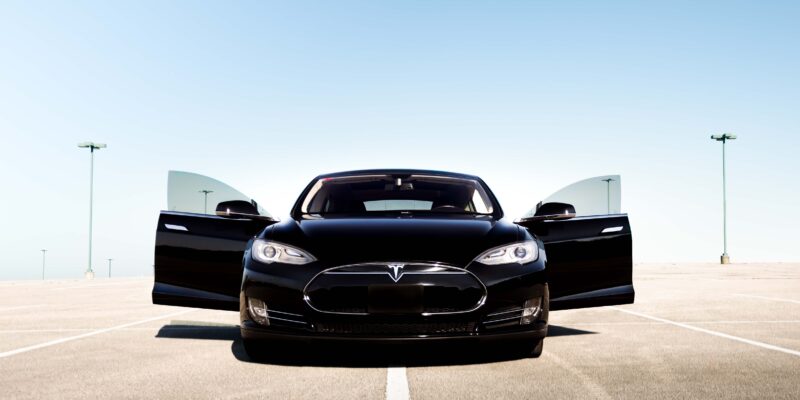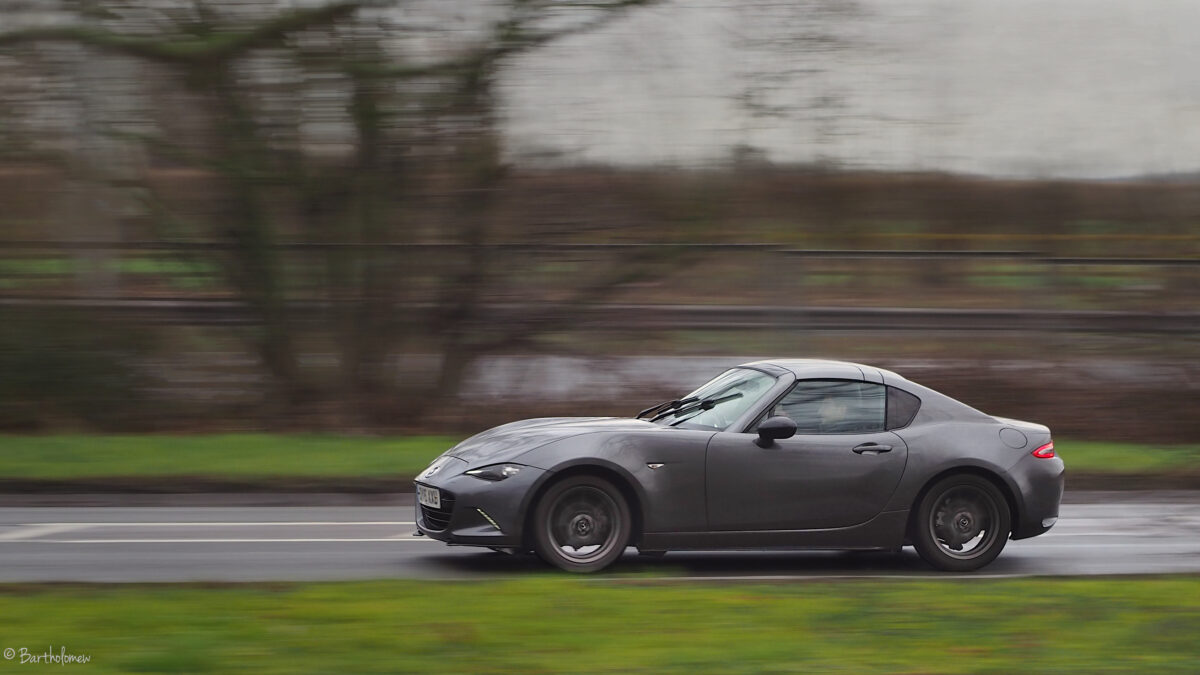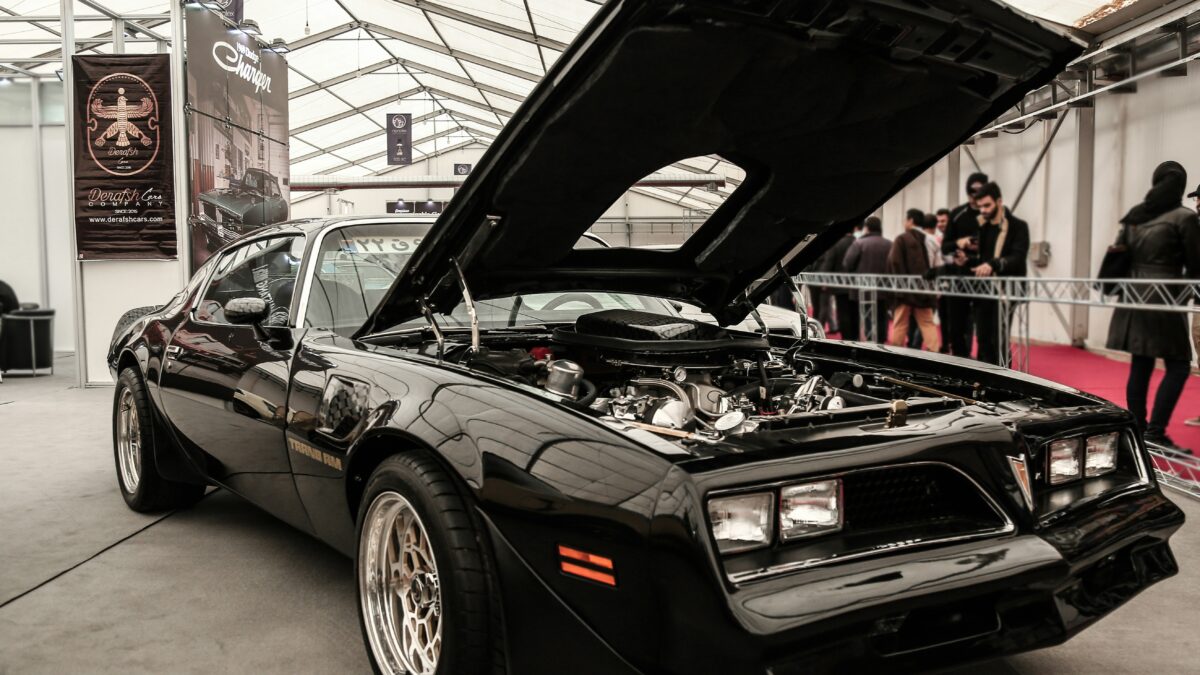California Shows Promise For Electrification Amongst the Auto Market
Earlier this year we saw first-hand how the push towards electric production was starting to have an actual effect on consumers. Much to the delight of automakers, particularly Tesla, it seemed like shoppers were finally easing up to the idea of an electric battery in the car. And luckily, the statistics were there to prove it.
In Q1, for example, electric vehicle sales rose to a staggering 60%. This was around the same time that the conventional car market started to suffer immensely from low inventories and production setbacks. What shortly followed was even worse, as drivers across the nation endured unprecedented spikes in gas prices due to the ongoing war in Ukraine.
Let’s just say 2022 had a number of car shoppers considering the following question, “Is it time to switch to an electric vehicle?”
While we can make a case for both sides in this day and age, one thing we know for certain is that EVs offer a greener way of living. And perhaps, even a more affordable one. Now that the cost of new vehicles are inching closer to the price of electric alternatives, it makes the most sense now more than ever to consider the zero-emission model.
California is one place, in particular, that is already showing us how it’s done. Although its no Norway, a country in which over 80% of new cars sales are electric vehicles, the Golden State is proudly taking over the fight toward zero-emissions here within the US.
Keep reading to learn more about the latest electric vehicle statistics for the state of California.
 California becomes official leader in US electrification
California becomes official leader in US electrification
While California has always been a front runner in green initiatives, the latest statistics show just how quickly consumers are adjusting to the impending ban on gas-guzzling engines. According to the Office of the Governor of California, nearly “18% of all new cars sold in the California are zero-emission vehicles.” Altogether, that’s a 126.9% increase from 2020.
As of October 2022, California has achieved the following feats:
- 42% of ZEV sales in the U.S.
- 1,304,581 ZEVs sold
- 79,000 chargers installed
These accomplishments represent Californians continued commitment to climate change and the future state of our planet. However, the increased interest in electric purchases wasn’t totally a shock. Just last August, California regulators effectively passed a ban on new gasoline powered cars and light trucks by 2035.
Residents of the state know that the days of gas engines are numbered. That means, making a switch to an electric vehicle is not such bad idea no matter where you stand on climate change. Whether you can embrace electric production or not, the reality is that electric vehicles offer a handful of perks.
Why its time to switch to an electric vehicle
Apart from fewer trips to the gas station, which means saving money in general, electric vehicles are one of the most environmentally-friendly forms of transportation nowadays. In addition, these types of vehicles often require less maintenance and repairs due to the efficiency of the electric motor. Some reports show that driving an electric vehicle can even save drivers at least $1,000 of fuel costs each year.
Altogether, the switch to an electric vehicle versus a conventional car, SUV, or truck isn’t as tough of a task as it once was. With automakers continually improving the range and performance of these models, it’s clear to see that change can surely be a good thing.
Though we assume it will take time for everyone to get on board with the proposed changes, California is exemplifying the path toward a fully-electric automotive market.
















